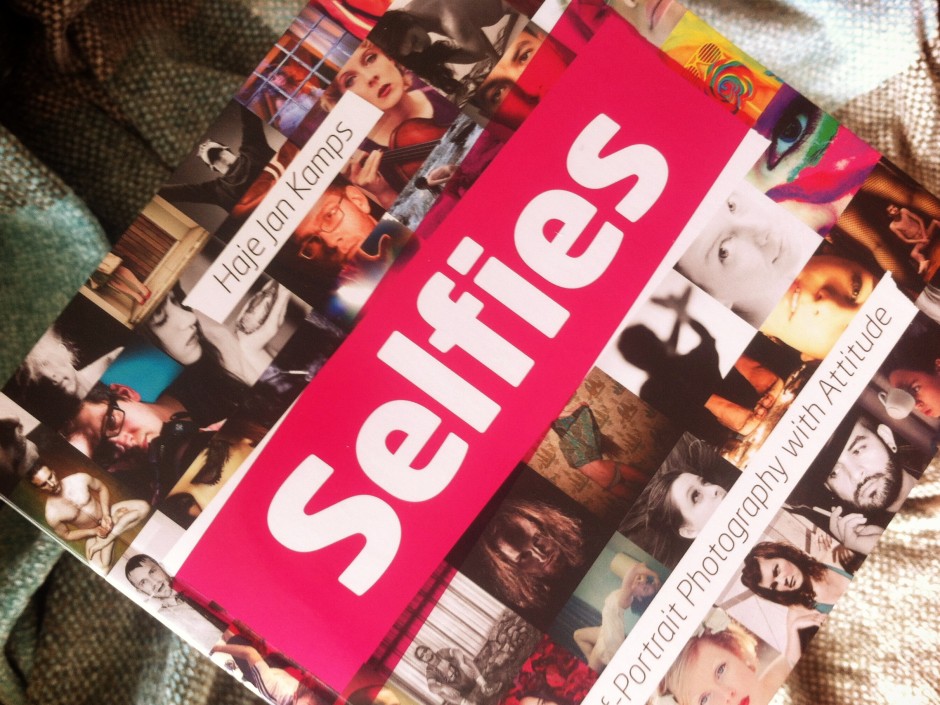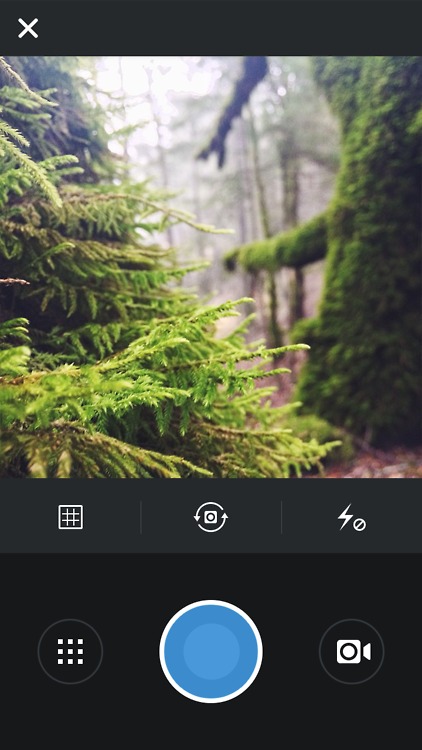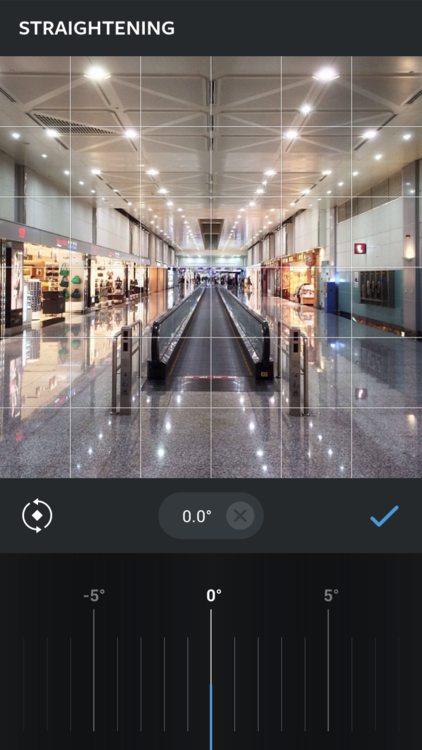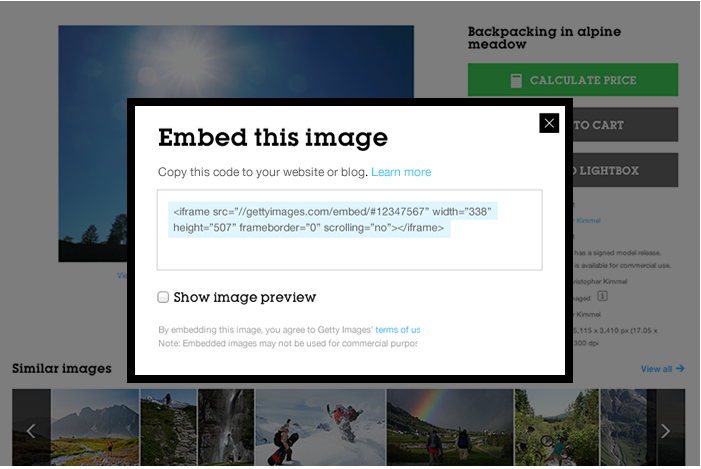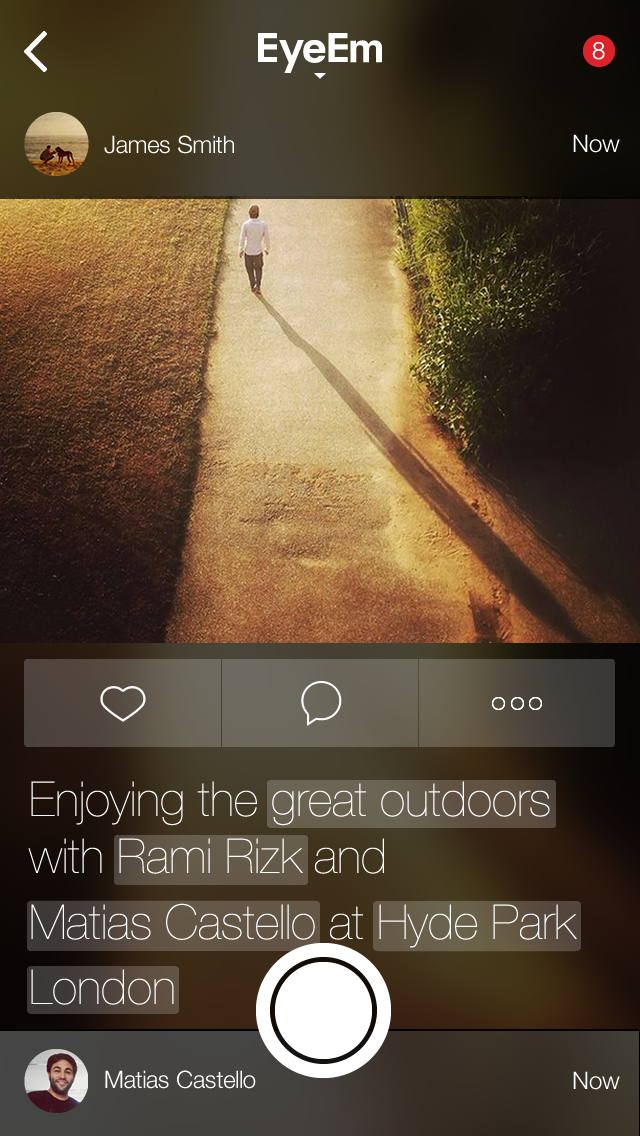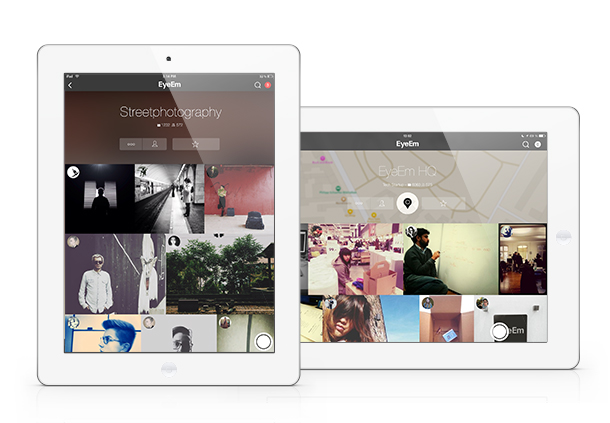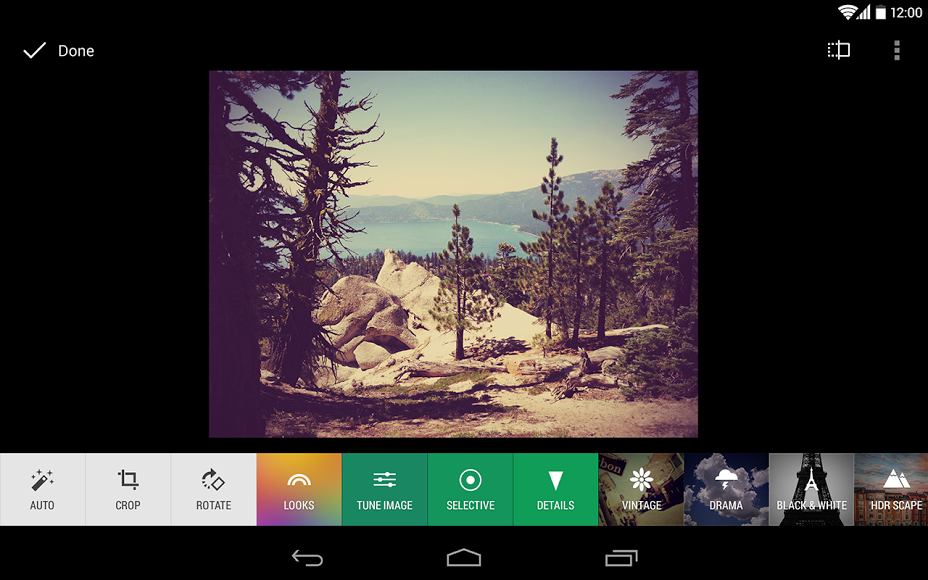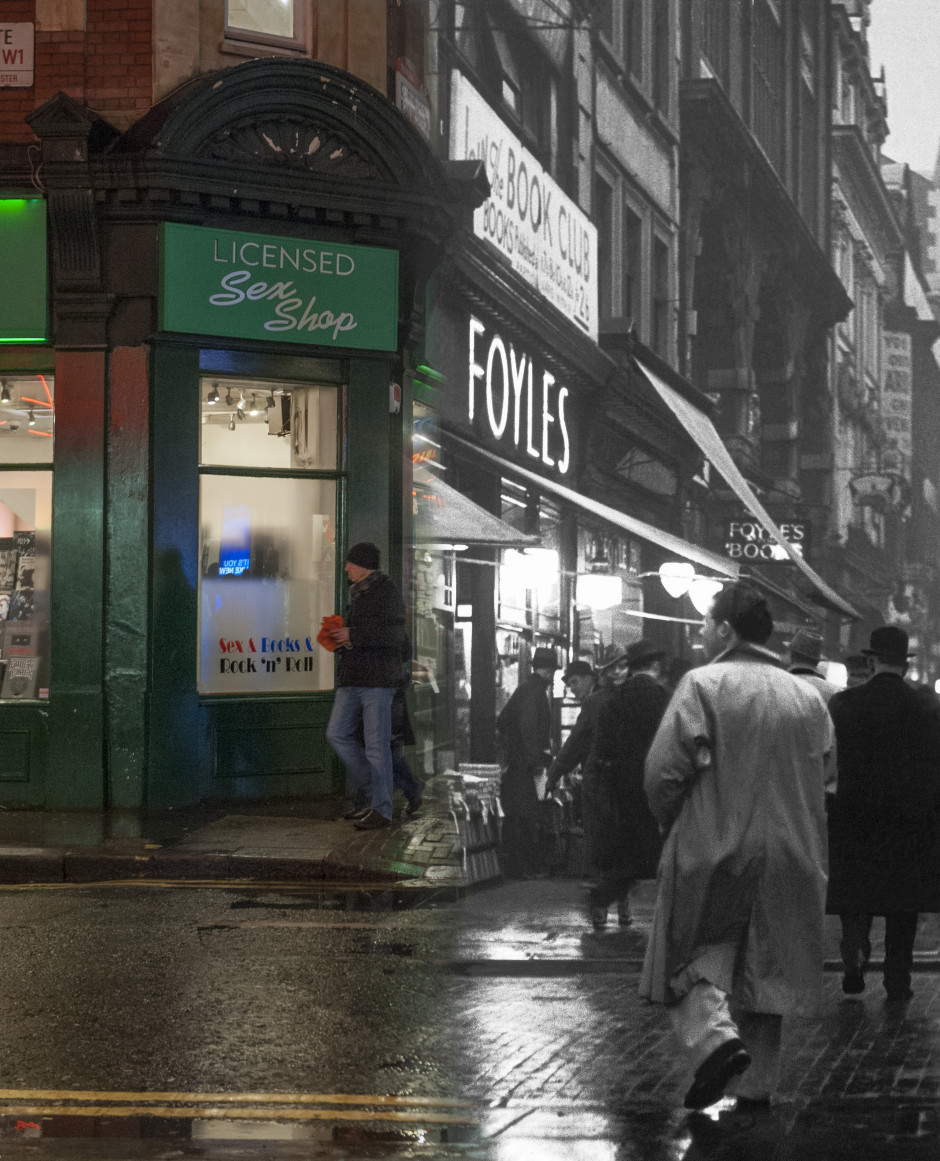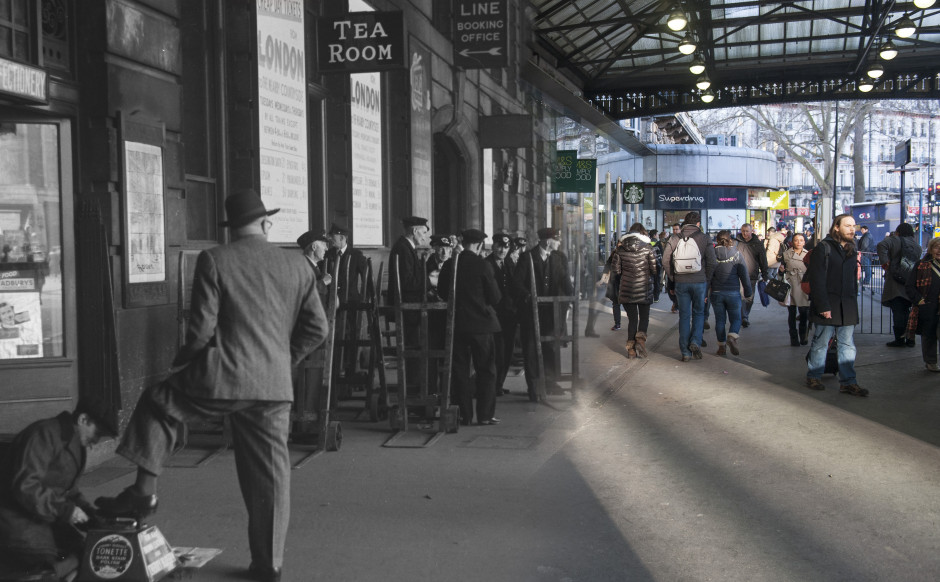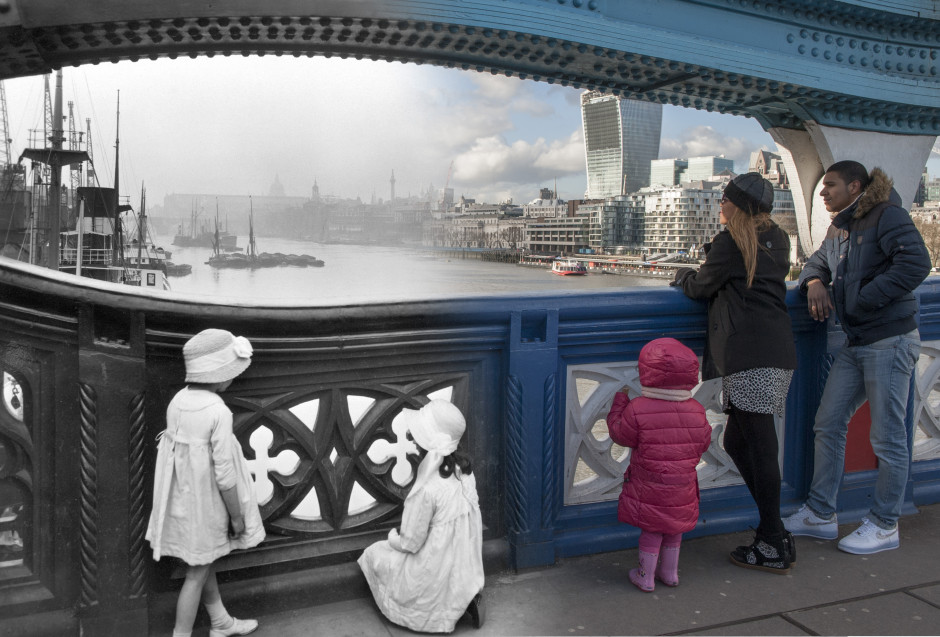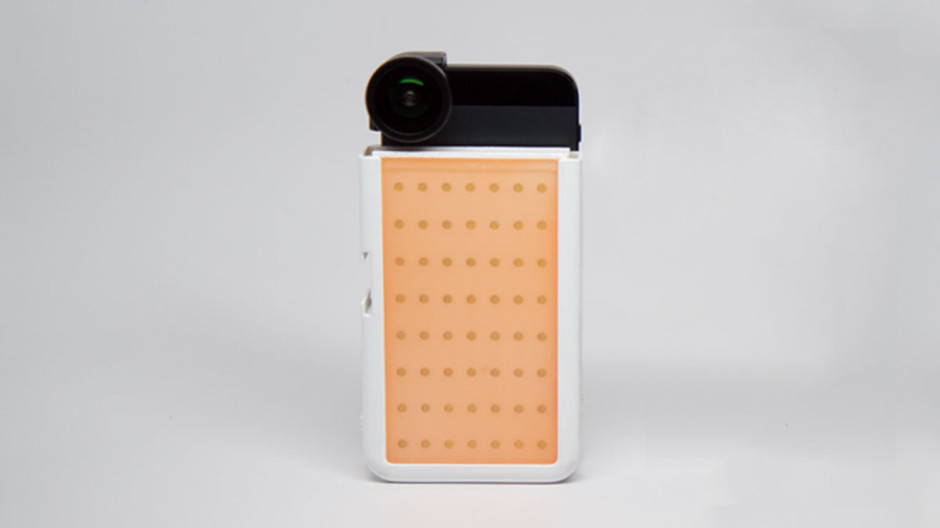All the big announcements have been made, now it's a case of rounding up and winding down from the Mobile World Congress held in Barcelona this year. There have been a few new smartphone announcements and some interesting apps have come to the fore that might interest photographers. Here's a swift review.

Samsung Galaxy S5
The big news is that this one is waterproof. No more worrying about whipping it out to take a photo in the rain. The S4 had a decent 13 megapixel rear-facing camera, which has been bumped up to 16 megapixels in the S5. The front-facing camera still sits at 2 megapixels. It can shoot 4K video at 30 frames-per-second and comes equipped with HDR and selective focus functionality.
Post-shot focusing means that the camera takes two photos every time you release the shutter and you can choose from a background that's in or out of focus. Samsung reckons that the S5's auto-focusing speed is super-fast, at 0.3 seconds.
It also comes equipped with a reflector-integrated flash LED. What's that mean exactly? Supposedly it will ensure a wider field of view better, allow for better photos, whether day or night, and should mean that everyone in a photo, not just those in the centre of the frame, are illuminated by the flash.
The S5 is due to go on sale in April this year and will cost in the region of £550.

Sony Xperia Z2
This one is also waterproof. It also has a higher resolution count than the Samsung Galaxy S5, with a 20.7 megapixel, 1/2.3-type Exmor RS for mobile CMOS image sensor, and is capable of recording 4K video and enjoys SteadyShot image stabilisation, too.
The Z2 comes pre-loaded with a bundle of camera apps, including timeshift video (a slow-motion effect); creative effect; background defocus; AR effect (augmented reality effects); and Vine4. There's also a dedicated camera button to help when you're shooting underwater.
The Xperia Z2 should be available in March 2014.

The Nokia X-series
Nokia announced its X-series of phones, which run Android rather than Windows. The X, X+, and XL are budget phones and they appear to have cameras to match. There's nothing as exciting as the Lumia or PureView technology going on in these.
Lenovo's DOit apps
As well as a new tablet, Lenovo unvelied five new apps that aim to make your digital life easier by simplifying data management. Called the DOit apps, they break down to: SHAREit, SECUREit, SYNCit, SNAPit and SEEit. SHAREit, SNAPit, and SEEit (the proliferation of caps is getting tiresome now) are those of interest to photographers, with SHAREit there to transfer data, including images between devices easily.
SHAREit comes preloaded on all new Lenovo Android tablets and smartphones and can be downloaded for free from Google Play. Come February, it will also be available for download from the Apple App Store for iPhone/iPad, as well as for Windows PCs.
SNAPit and SEEit are intended to work in tandem: SNAPit being a camera app and SEEit the gallery app. The camera app gives you a selection of functions including panorama and burst mode; the gallery app lets you categorise photos with the help of facial recognition software and has the now-to-be-expected gamut of filters and effects. These, however, are Lenovo-only.
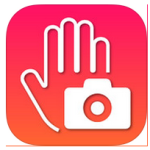
Most Innovative Mobile App: CamMe by PointGrab
CamMe is a gesture-controlled remote shutter release app for use with iOS devices. From a distance of upto 16 feet from the phone, you can raise you hand, make a fist, and trigger a three-second timer. You can also use CamMe to take photo booth-style selfies, with three shots arranged in a film-strip.
It's free to download from the App Store.

UK's most innovative mobile technology company: Seene
Seene allows you to capture, view, and share 3D images from your iPhone. Why might you want to do that, you ask? Well the Seene team see it as great tool to help with 3D printing, or as a superior means for people to view products online.
Seene is free to download from the App Store.
